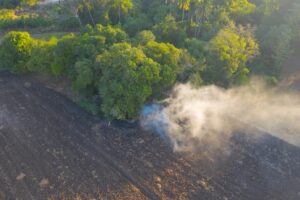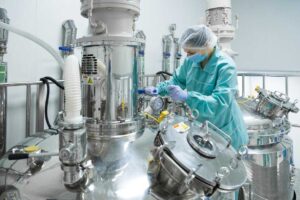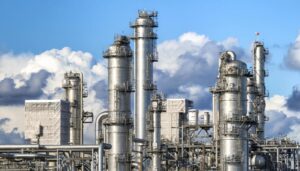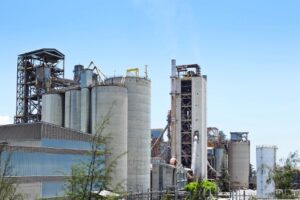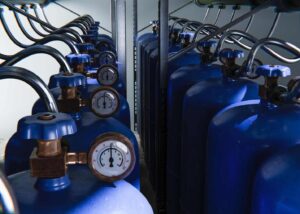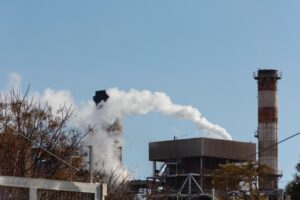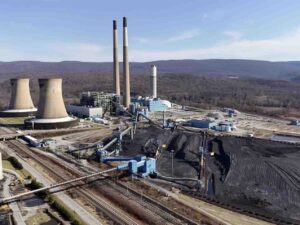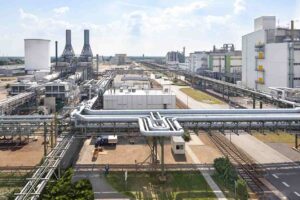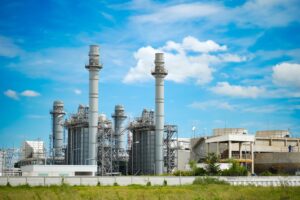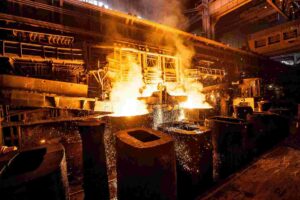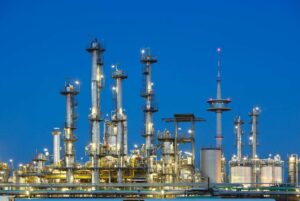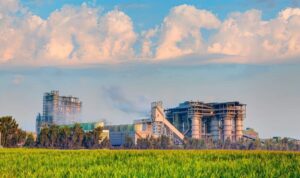As global climate concerns intensify, monitoring greenhouse gas emissions has never been more critical. Industries are under growing pressure to report and reduce their carbon footprint, yet many still struggle with outdated, bulky, or limited gas analysis tools. Whether it’s the challenge of accessing remote sites, capturing accurate real-time data, or dealing with complex gas mixtures, professionals need a more advanced and portable solution. This is where ESEGAS steps in—with a compact, robust, and highly capable FTIR gas analyzer designed to meet modern emission monitoring demands.
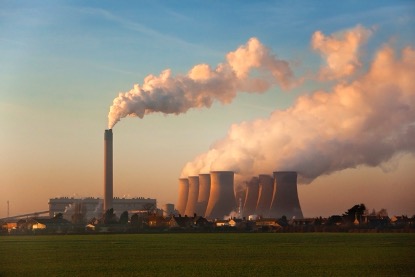
The ESEGAS Portable FTIR Gas Analyzer offers a highly accurate, real-time, and multi-component solution for measuring greenhouse gas emissions across diverse industrial and field environments.
While the summary provides clarity, there’s more to understand about how this analyzer is revolutionizing gas monitoring. From its technological backbone to practical field applications, let’s explore why it’s becoming the go-to solution for emission professionals.
Why Is Accurate Greenhouse Gas Monitoring More Important Than Ever?
As climate change accelerates, the global response is becoming increasingly data-driven. Governments, regulators, and international bodies are shifting from voluntary emission reduction targets to binding climate agreements like the Paris Accord and regional directives such as the EU Emissions Trading System (EU ETS). This transformation has placed greenhouse gas emissions monitoring at the heart of environmental governance and industrial accountability.
Industries across sectors—from energy to agriculture—are now required to not only understand their emission profiles but also to demonstrate quantifiable reductions over time. Without accurate greenhouse gas monitoring, organizations risk underestimating their impact, violating regulatory thresholds, or missing opportunities for emission credits and operational efficiencies. Inaccurate or incomplete data can also compromise emissions reporting, leading to costly penalties or reputational harm.
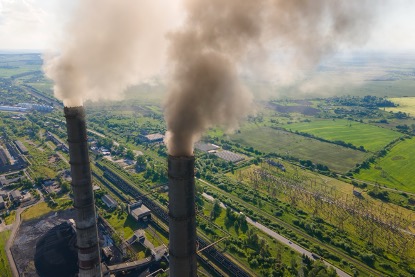
The urgency is compounded by rising public and investor scrutiny under ESG frameworks. Stakeholders are demanding transparency and real-time insight into how companies manage their environmental footprint. This means manual, delayed, or single-point sampling is no longer sufficient. Businesses need tools that can support real-time gas analysis, deliver reliable data in dynamic environments, and adapt to evolving compliance requirements.
Moreover, as new gases are added to regulatory scopes—such as methane (CH₄) and nitrous oxide (N₂O)—the ability to conduct multi-component detection becomes essential. These gases often have short atmospheric lifespans but extremely high global warming potentials, making their timely identification and quantification critical to climate mitigation efforts.
What Challenges Do Traditional Gas Measurement Methods Face in the Field?
Despite their historical use, traditional gas analyzers often fall short in modern environmental applications. Laboratory-based techniques require samples to be brought back for analysis, delaying results and increasing operational complexity. Electrochemical sensors, while portable, suffer from selectivity issues and limited lifespan. Even sophisticated gas chromatographs are not suitable for mobile monitoring due to their size, fragility, and single-component focus. These methods are ill-equipped for real-time gas analysis or the dynamic, harsh conditions found in many field environments.
How Does ESEGAS Portable FTIR Gas Analyzer Overcome These Challenges?
For decades, environmental technicians and industrial operators have struggled with the limitations of traditional gas analyzers—bulky instruments, delayed lab analysis, fragile calibration requirements, and an inability to track multiple gases simultaneously. The ESEGAS Portable FTIR Gas Analyzer was engineered specifically to dismantle these barriers and redefine what’s possible in real-time gas analysis.
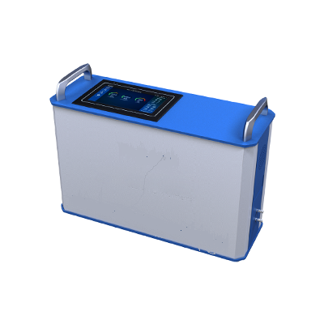
By embracing advanced Fourier‑Transform Infrared Spectroscopy (FTIR) and integrating it in a portable format, the ESEGAS analyzer
Operators faced with the need for fast deployment and multi‑gas detection often find themselves slowed down by complex setups. The ESEGAS portable FTIR system changes that—it shifts the story from delay and manual effort into agility and accuracy.
- Utilises FTIR technology: The system is built around a Michelson interferometer, combining a split‑beam, modulation and computer processing to restore spectra via Fourier transform—enabling broad‑spectrum gas detection rather than single‑component sensors.
- Multi‑component detection: The product specification confirms that it “can measure SO₂, NOx (NO, NO₂), CH₄, HCl, HF, CO, CO₂, O₂, H₂O and other components at the same time” and can be extended to additional gases such as SO₃, N₂O and various VOCs.
- Real‑time responsiveness: With a response time of <120 s (T90) sampling, the instrument supports timely field decisions.
- Portable and field‑ready design: Dimensions are listed as 395 mm × 170 mm × 345 mm, weight < 15 kg for the analyzer (sampler & pipeline approx. 4 kg).
- High sensitivity: Detection limit of < 0.5 ppm (customisable ranges for specific gases), built‑in long optical‑path White cell gas chamber with adjustable path.
- Simplified maintenance: Core independent R&D components, high maintenance efficiency and low maintenance cost.
- Suitable for mobile monitoring: With built‑in pump, sampling flow ~5 L ±0.5 /min, and protective housing, the analyzer suits field deployment and emission source monitoring.
What Specific Gases Can the ESEGAS FTIR Device Detect and Quantify?
Here are key gases listed in the specification and how they relate to greenhouse gas emissions monitoring:
- CO₂ (Carbon Dioxide): Range listed up to 30 % vol (customisable) in the spec sheet. (Esegas)
- CH₄ (Methane): Listed range 0–500 ppm (customisable). (Esegas)
- N₂O (Nitrous Oxide): While not listed as a standard gas in the base spec, the instrument can be extended to include N₂O. (Esegas)
- Other gases relevant to emission streams: SO₂, NO, NO₂, HCl, HF, CO, O₂, H₂O, and VOCs—all of which can impact environmental compliance and emissions reporting workflows. (Esegas)
| SO2 | 0~200ppm (customizable) | CH4 | 0~500ppm (customizable) |
| NO | 0~200ppm (customizable) | HCl | 0~200ppm (customizable) |
| NO2 | 0~200ppm (customizable) | HF | 0~200ppm (customizable) |
| NOX | 0~400ppm (customizable) | CO2 | 0~30%vol (customizable) |
| CO | 0~500ppm (customizable) | H2O | 0~40%vol |
| O2 | 0~25%vol |
By supporting simultaneous measurement of multiple species, this analyser aligns well with modern demands for multi‑component detection in greenhouse gas emissions monitoring.
In Which Scenarios Is the ESEGAS Portable FTIR Especially Valuable?
According to the product page, typical application environments include:
- Multi‑level environmental monitoring stations.
- Third‑party testing agencies.
- Industrial facilities such as coal‑fired power plants, gas‑fired power plants, cement plants, steel plants, waste incineration.
- Environmental emergency monitoring.
- Laboratory gas detection and analysis.
In practice, this means the device is particularly effective when organisations need mobile, on‑site measurements of emission stacks, fugitive leaks, or remote process sources—enabling agile monitoring rather than reliance solely on fixed systems. The portability of the device supports deployment in challenging field conditions, aligning with modern mobile monitoring workflows.
How Does the ESEGAS FTIR Analyzer Support Regulatory Compliance and Reporting?
Beyond measurement, the analyzer is designed to streamline environmental compliance and emissions reporting. All data collected can be automatically formatted to meet global standards like ISO 14064, EN 14181, or local government mandates. With built-in time stamping, geotagging, and audit trail generation, users can easily generate validated reports for internal audits or external regulatory reviews. Cloud connectivity ensures seamless integration with enterprise environmental data management systems, making reporting both effortless and transparent.
Conclusion
The ESEGAS Portable FTIR Gas Analyzer represents a new benchmark in greenhouse gas emissions monitoring. By combining FTIR technology, portability, and real-time insights, it empowers industries to move from reactive to proactive environmental management. Whether for compliance, research, or sustainability, this tool is more than a gas analyzer—it’s a strategic asset for the future of emission control.




